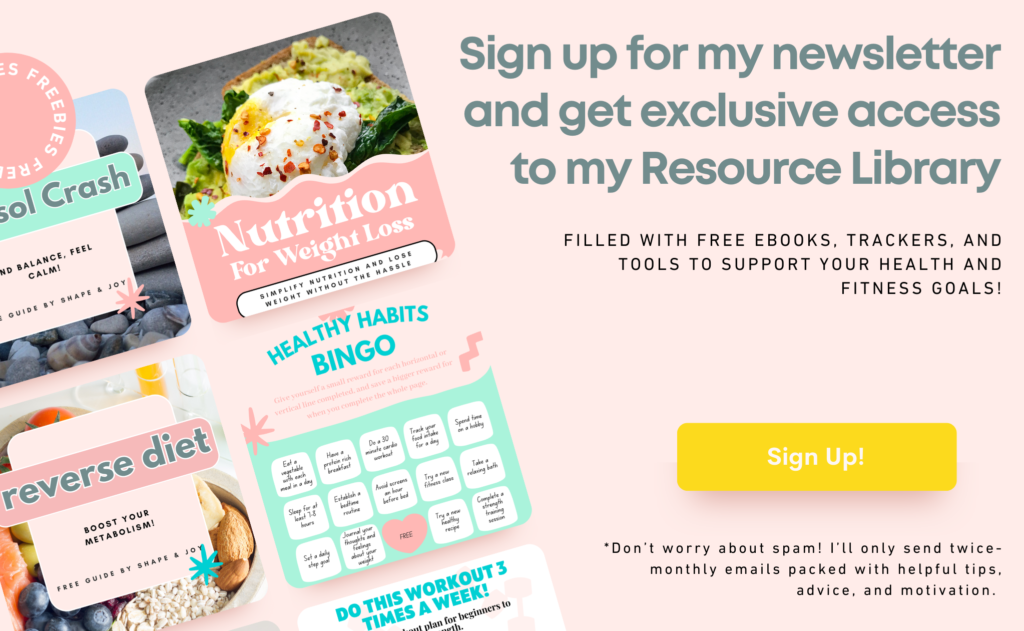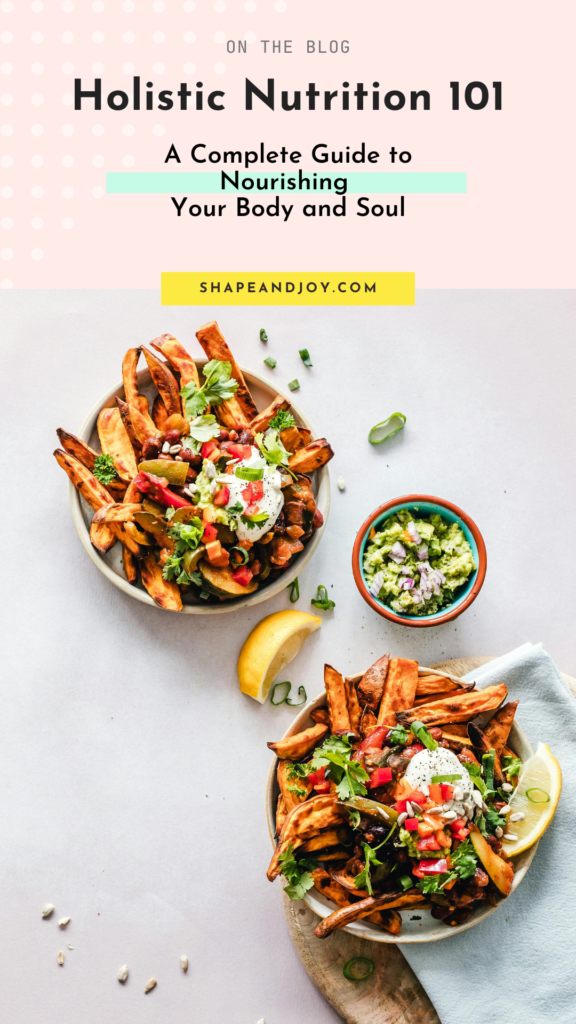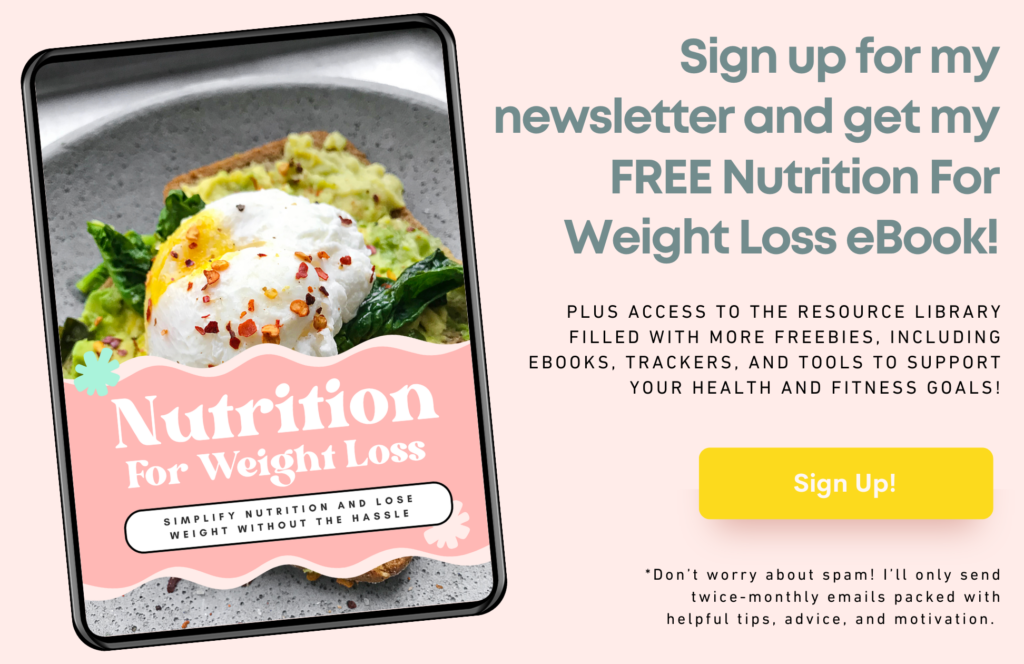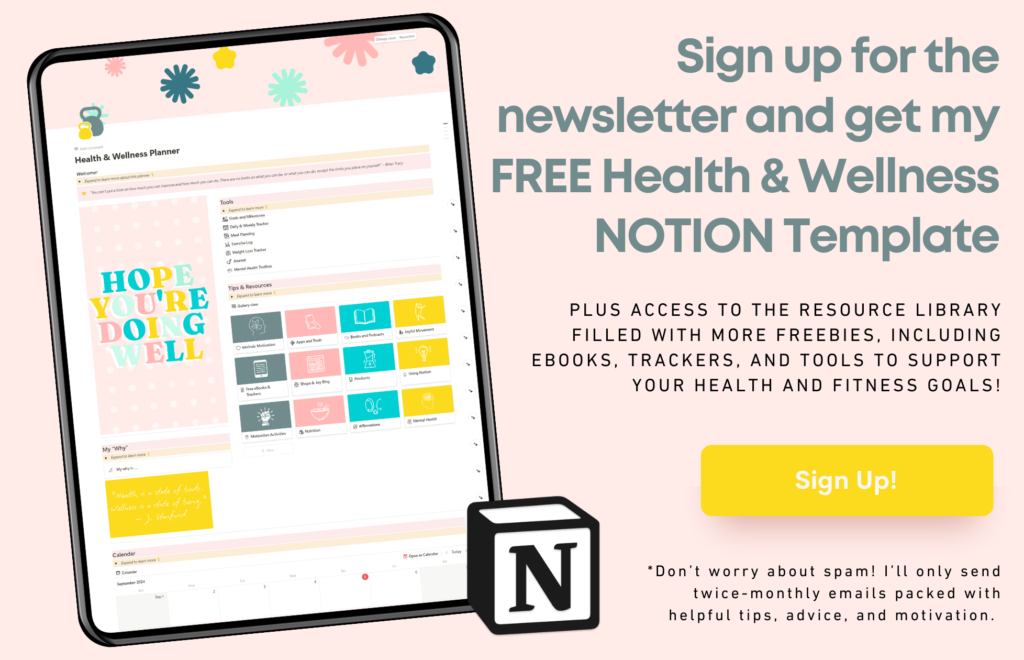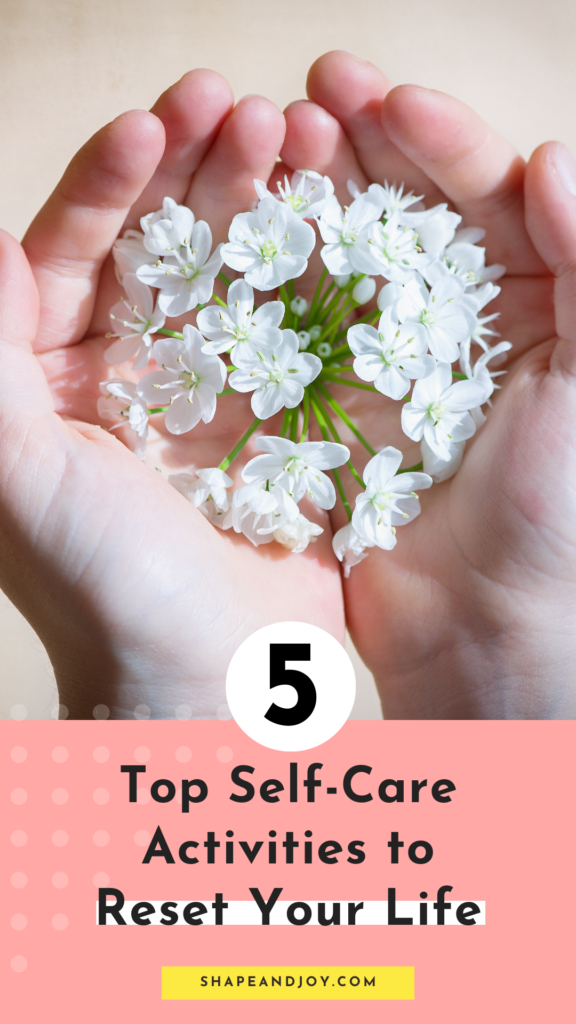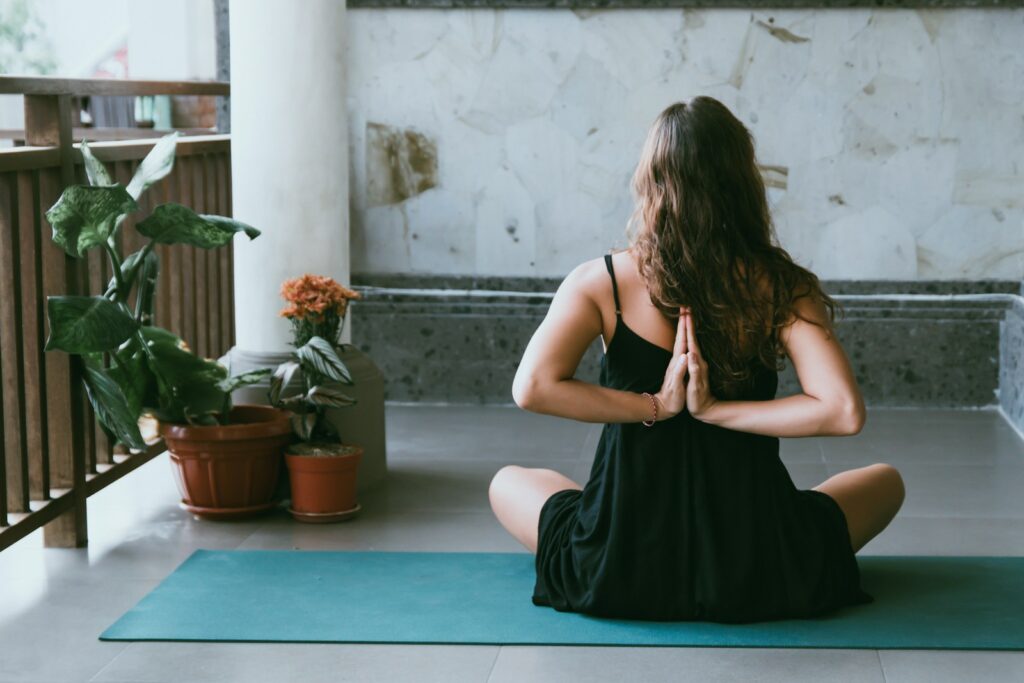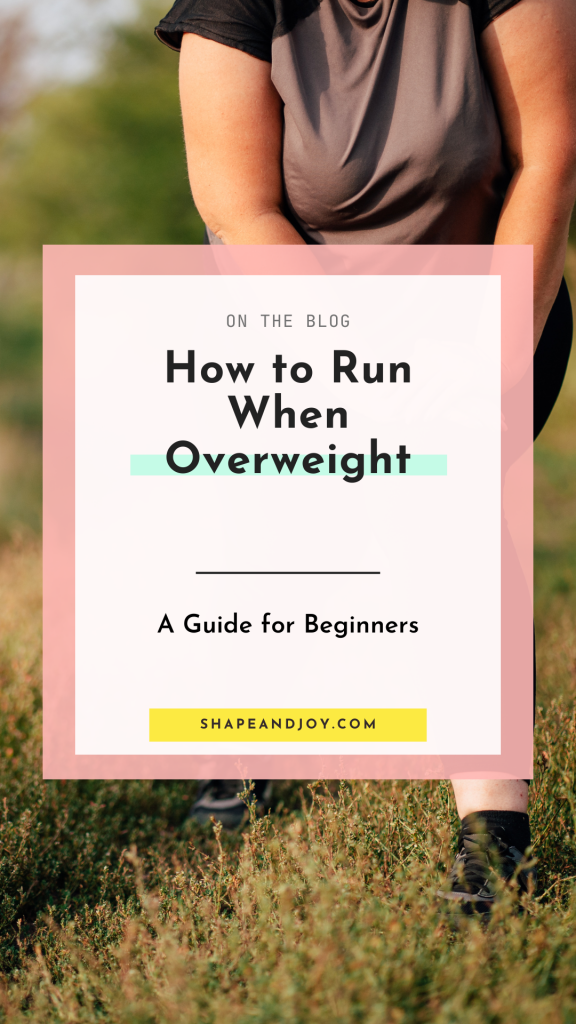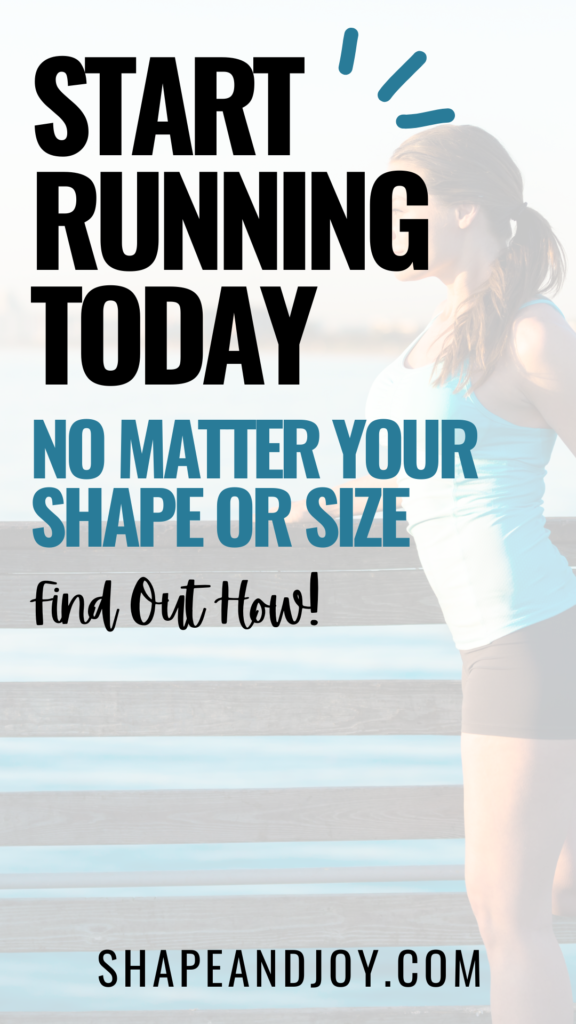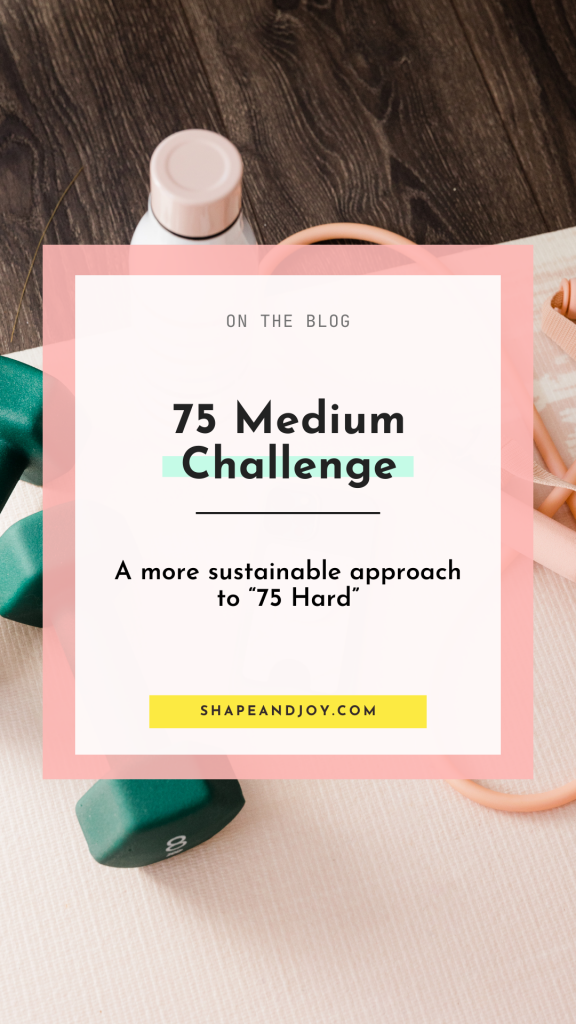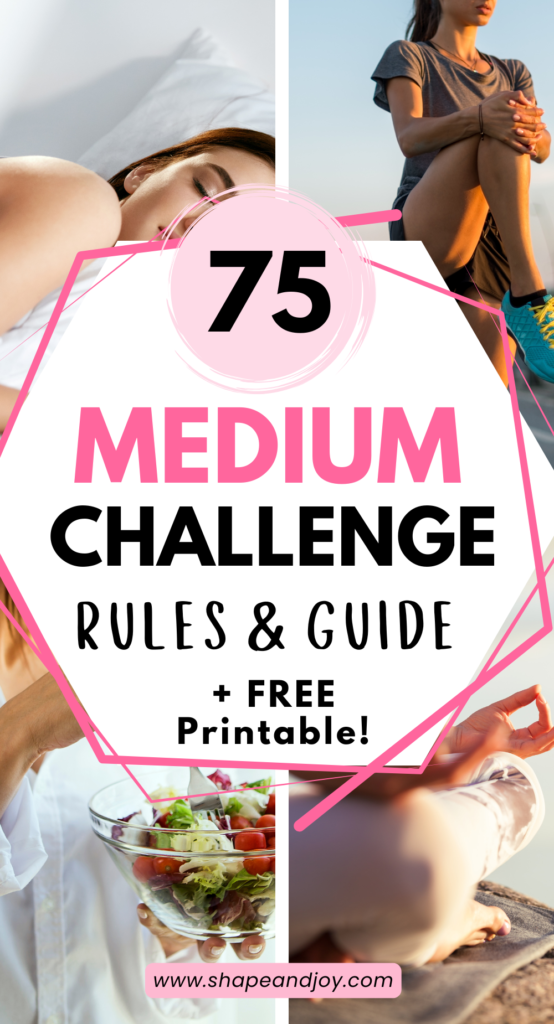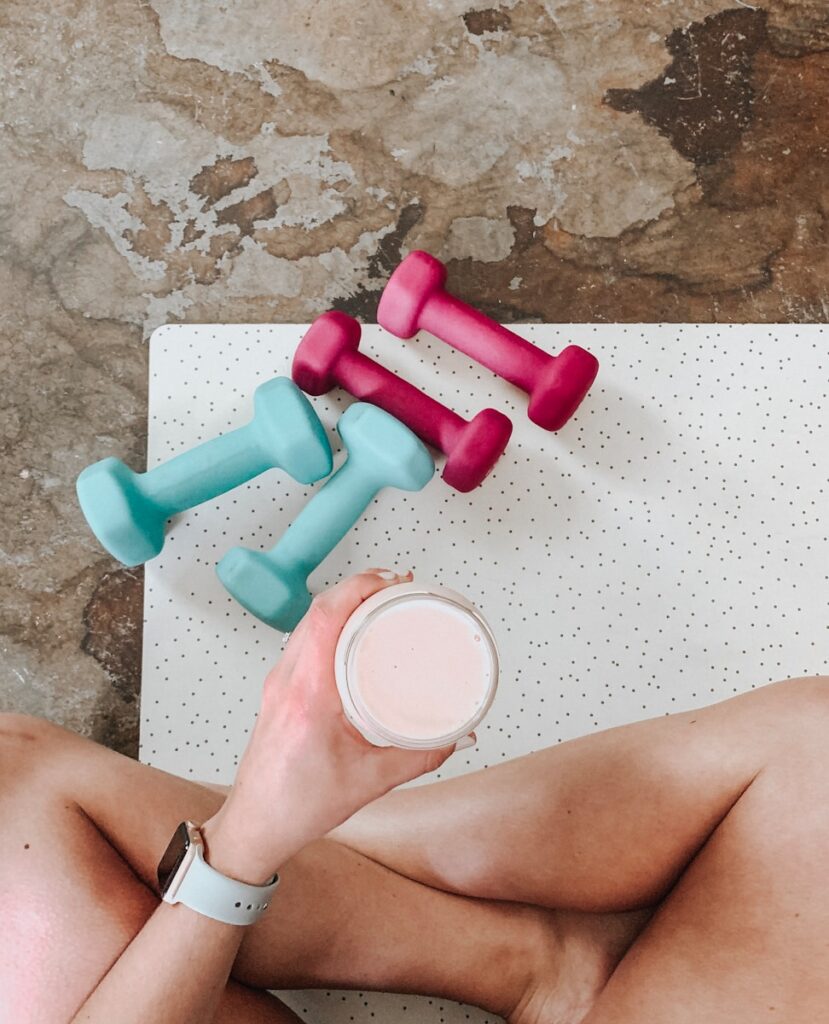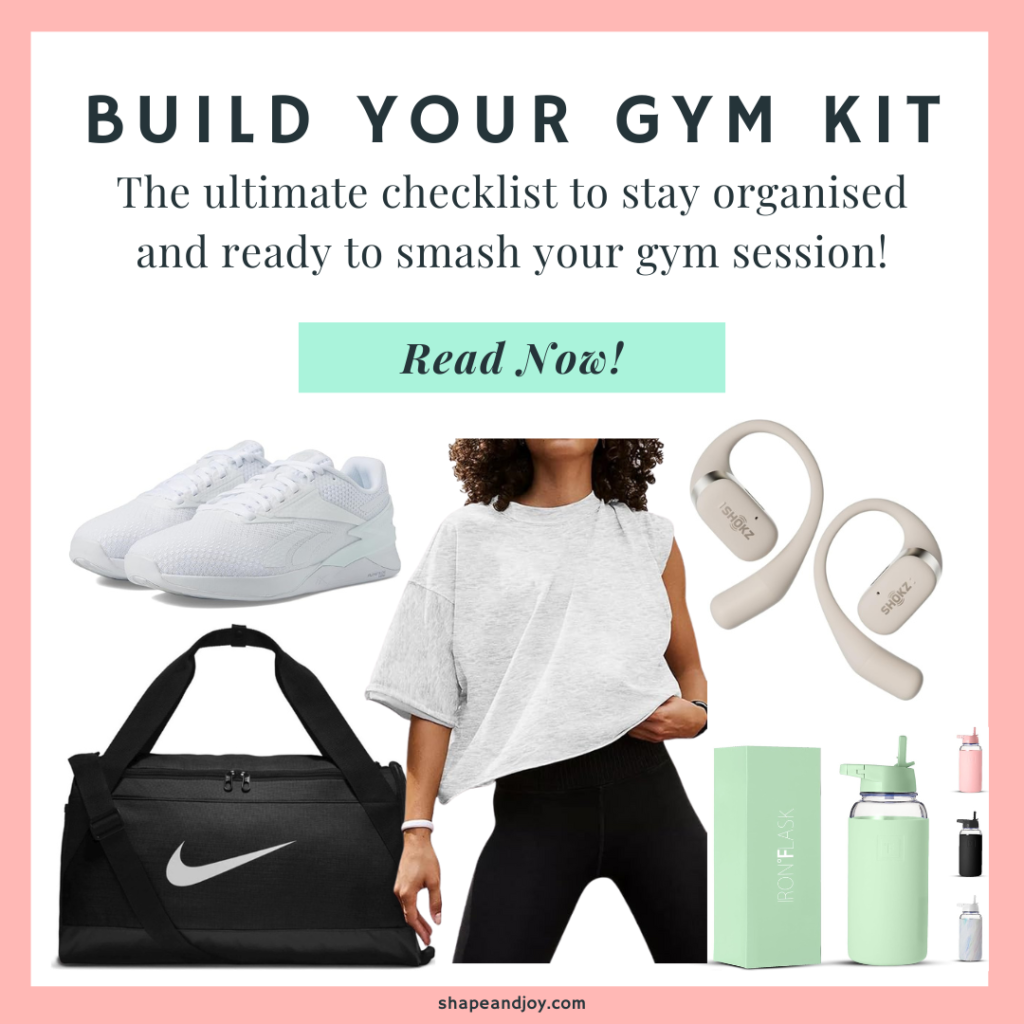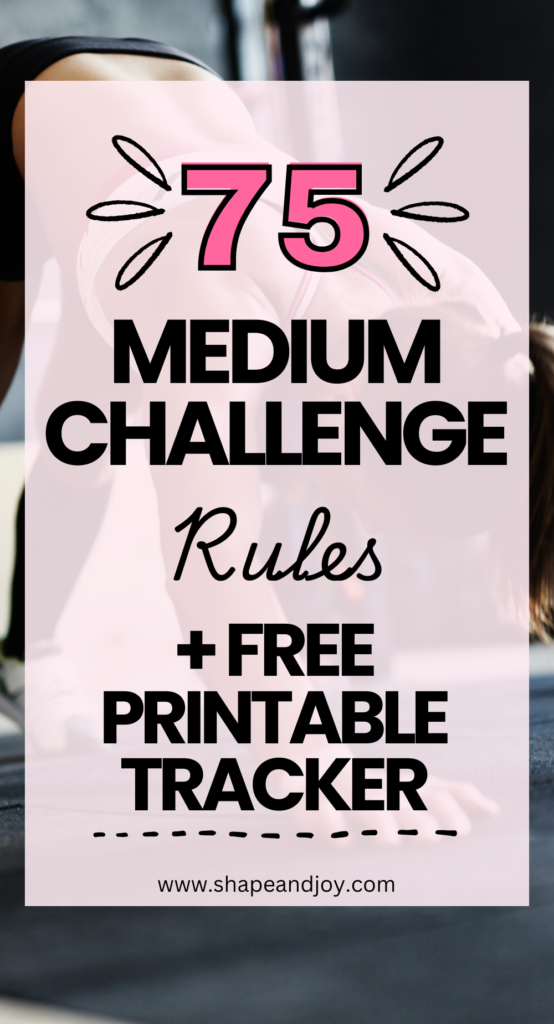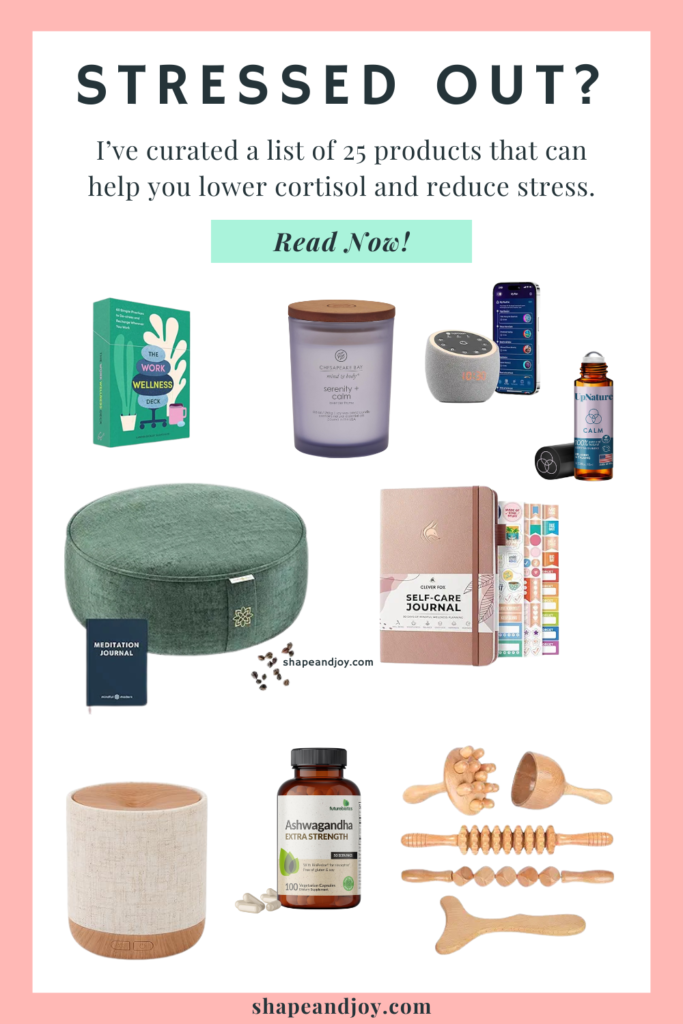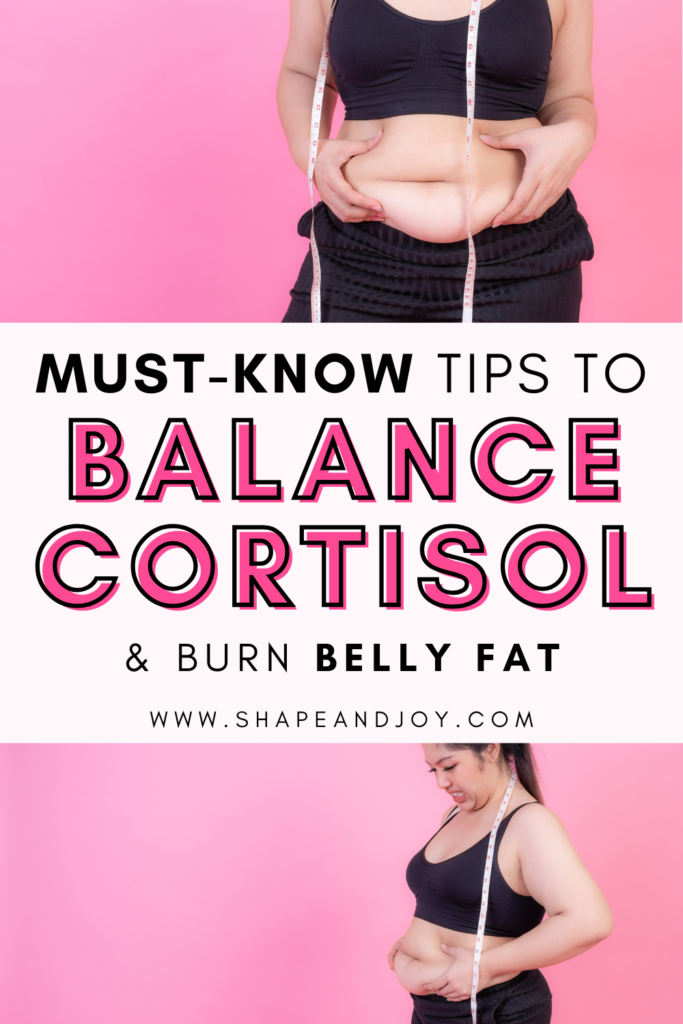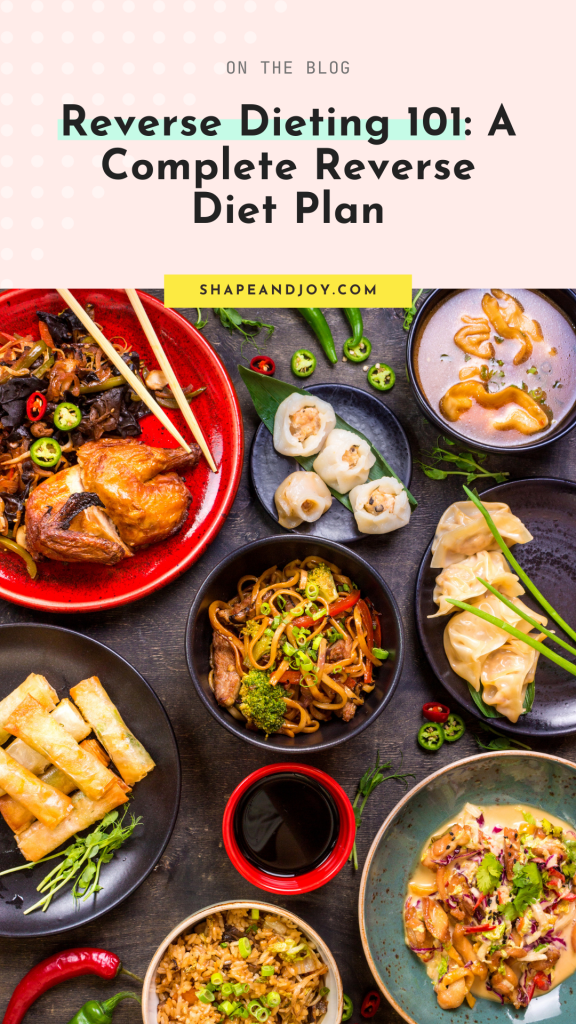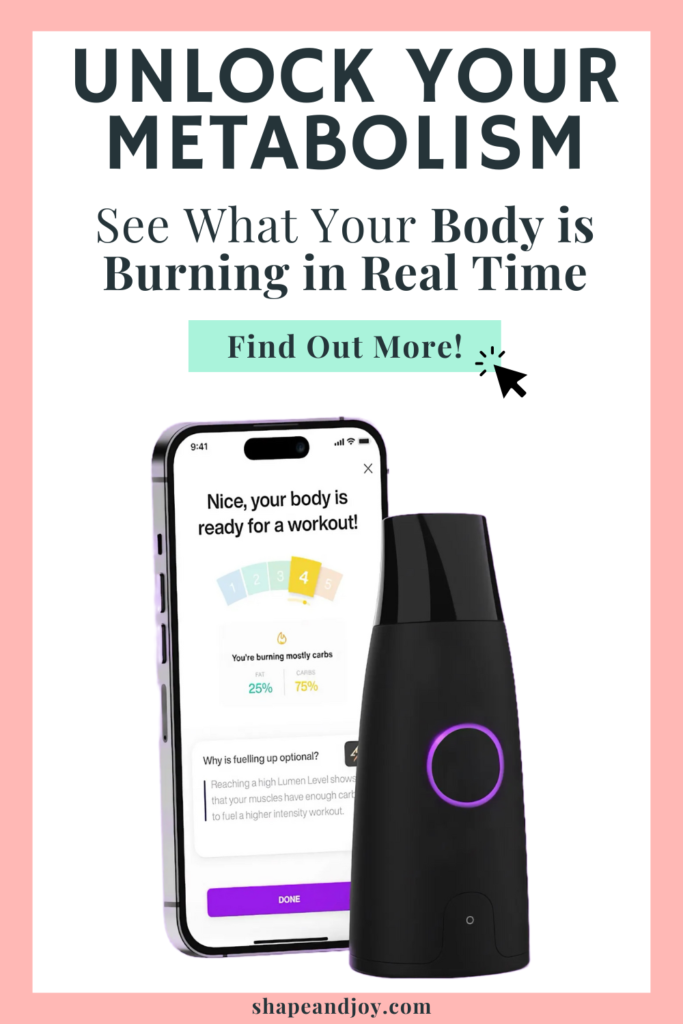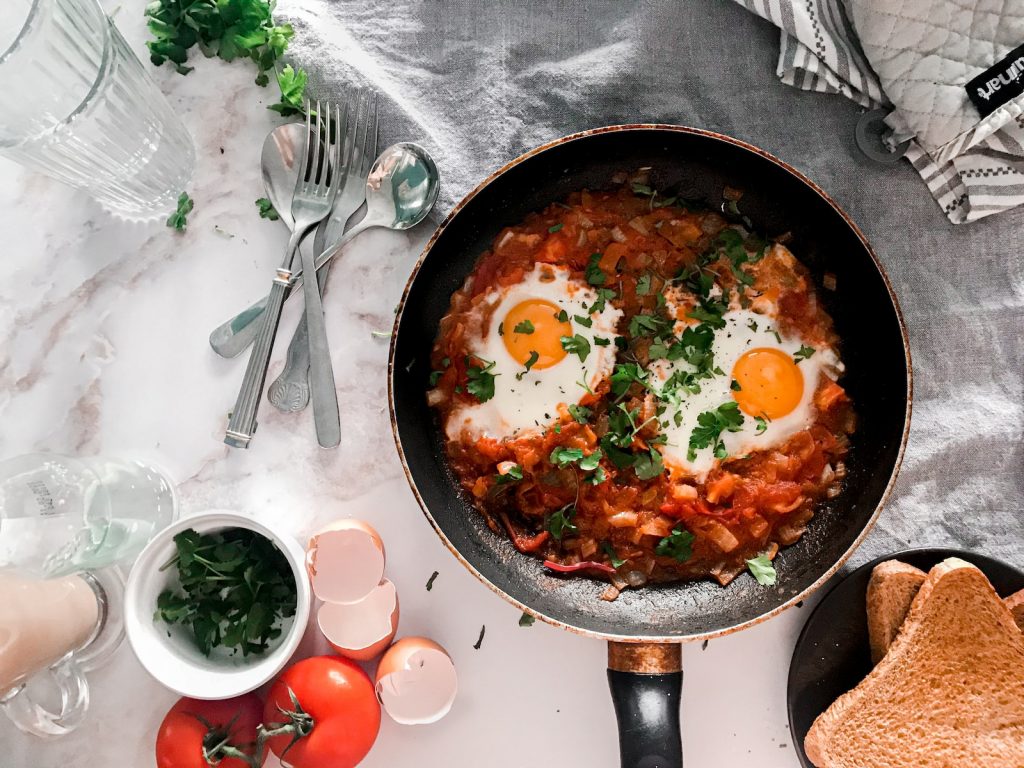Build a Self-Care Boo Basket for the Ultimate Autumn Relaxation
Picture this: the wind is howling outside, the autumn leaves are swirling, and the day’s been… well, let’s just say it’s been “one of those.” But don’t fret! Tonight, we’re about to turn your evening into the ultimate cosy, autumnal bliss. And how, you ask? By creating a self-care boo basket that’ll have you feeling relaxed, pampered, and wrapped in warm fuzzies faster than you can say “pumpkin spice latte.”
Now, you might be thinking, “But I’m too tired to even think about self-care, let alone put together a whole basket!” Well, guess what? I’ve got you covered.
I’m here to give you the pep talk (and the plan) you didn’t know you needed. So, let’s get cracking and build that perfect boo basket for a cosy night in. You deserve it!
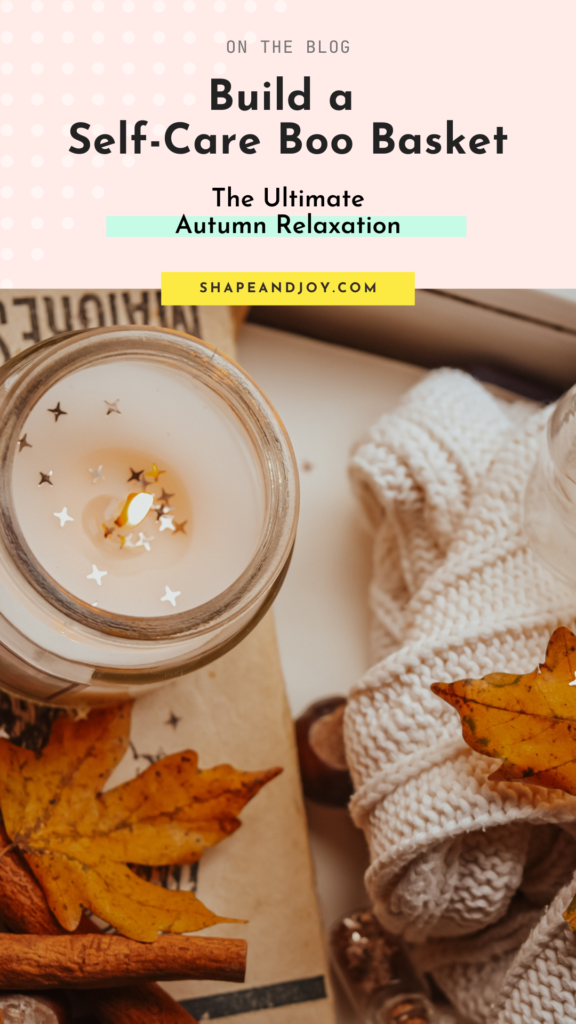
1. Start with a Soft and Snuggly Base
First things first, we need something to wrap ourselves up in. There’s no point in having a cosy night without something soft and snuggly, right? Whether it’s a fluffy blanket, a pair of fuzzy socks, or even your favourite old jumper that’s seen better days – get something that screams comfort.
Autumn is all about the colours, so grab a blanket or scarf in those rich autumn hues – think burnt orange, mustard yellow, or a deep, cosy red. It’ll set the mood and make everything feel that little bit more seasonal (and Instagram-worthy, if that’s your thing!).
My Picks
- Blanket: Scottish Throw in Buchanan Autumn
- Socks: Winter Cosy Fuzzy Thermal Socks
- Slippers: Pumpkin & Cat Slippers

2. Aromatherapy to Set the Mood
Right, now that you’re snug as a bug, it’s time to get the vibes just right.
Candles!
We’re talking autumn-scented candles that’ll make your whole place smell like a cinnamon-spiced hug. Pumpkin spice, vanilla, apple pie – whatever makes you feel like you’re living in an autumn Pinterest board, that’s what we want.
If you’re not into candles, essential oils are your best friends. A few drops of lavender, eucalyptus, or clove in a diffuser will have you breathing in relaxation in no time.
If you want to go full spa vibes, get one of those rollerball oils and dab it on your wrists or temples.
Instant calm.
My Picks
- Candle: Pumpkin Candle
- Essential Oils: ASAKUKI Cozy Blend Set or Tisserand Aromatherapy Roller Set
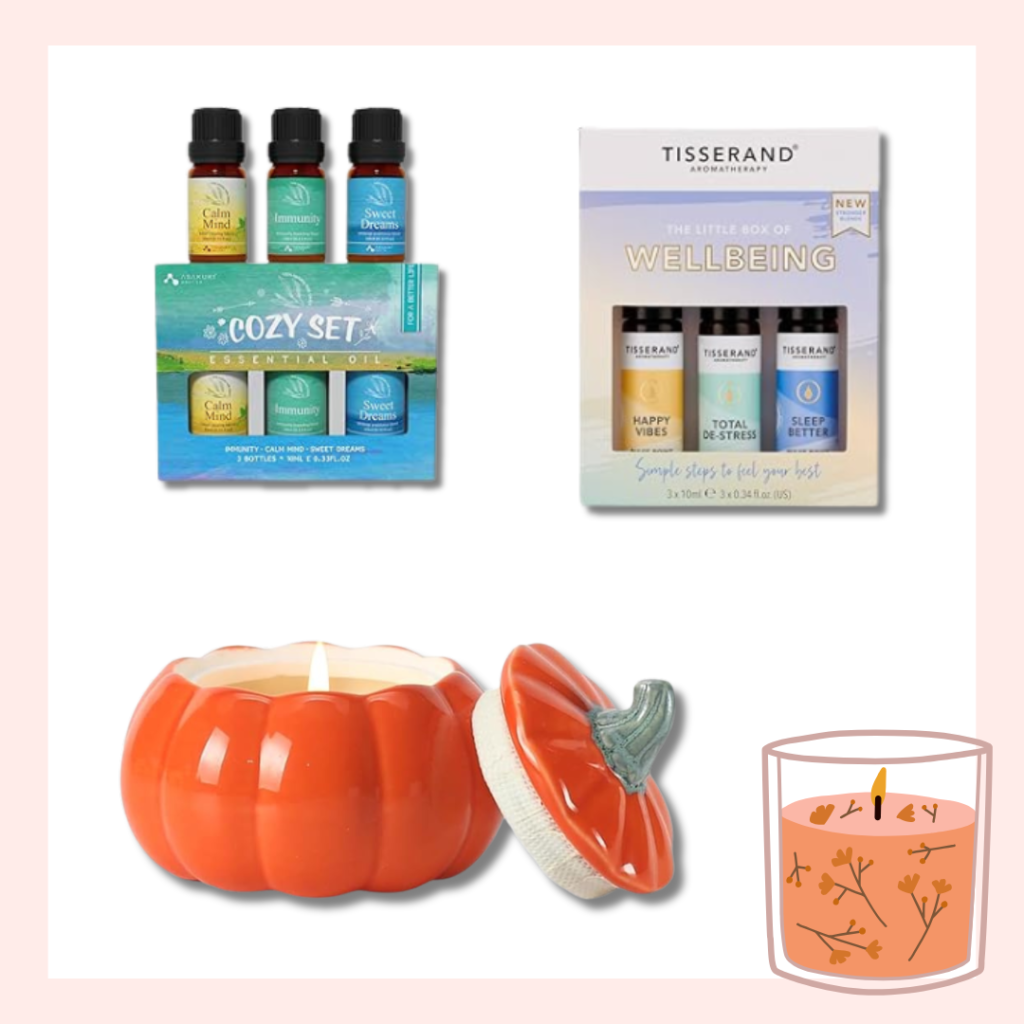
3. Indulge in Skincare and Pampering
Time to pamper yourself like the queen you are!
You know that face mask you’ve been saving for a special occasion? Well, tonight’s the night.
Pop it on, grab your favourite hand cream, and maybe even treat yourself to a foot soak. This is your time – forget everything else.
For a seasonal touch, look for autumn-themed skincare – like pumpkin enzyme masks or cinnamon-scented lotions.
It’s like Halloween for your face, minus the trick-or-treaters. (Unless they’re at the door, in which case… maybe leave the mask until later!)
My Picks
- Face Mask: Earth Rhythm Pore Out Face Masque with Pumpkin Enzymes
- Body Scrub: Organic Shop Pumpkin Spice Latte Body Scrub
- Body Lotion: Organic Shop Pumpkin Marshmallow Smoothing Body Souffle

4. Warm and Comforting Drinks
What’s a cosy night in without a hot drink?
Exactly – it’s basically illegal.
Whether you’re into hot chocolate, spiced chai tea, or mulled cider, make sure you’ve got something warm and comforting to sip while you snuggle up.
And don’t forget the mug – go for something cute or seasonal. Bonus points if it’s big enough to double as a small cauldron.
Spice it up! Literally.
Throw in a sprinkle of cinnamon, some mini marshmallows, or a dash of nutmeg. It’s like a hug in a mug, and we’re all about the autumn hugs tonight.
My Picks
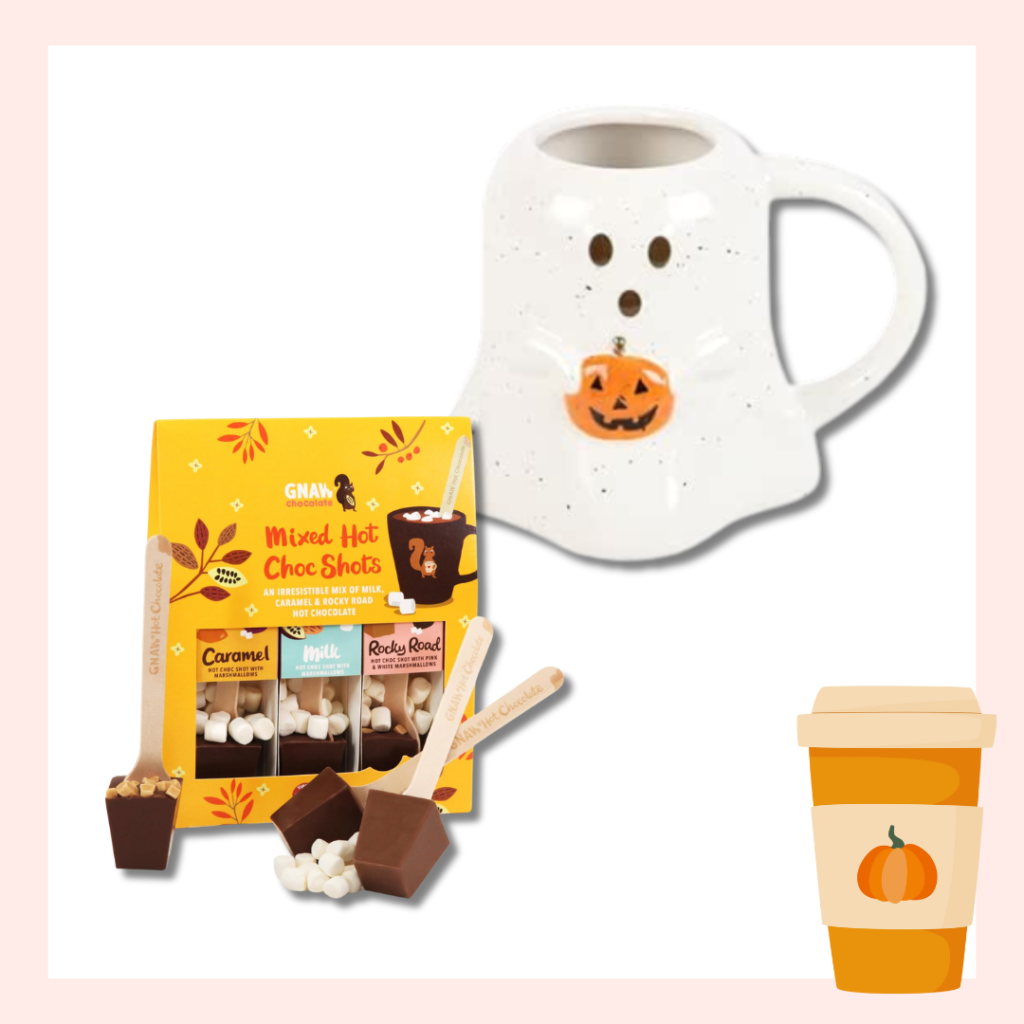
5. Snacks for the Ultimate Relaxation
Right, we’ve got the drink sorted, but you can’t just sit there sipping away with no snacks, can you?
Time to sort out the boo basket munchies. Whether it’s something indulgent like dark chocolate, caramel popcorn, or a cheeky packet of biscuits, make sure you’ve got something you can nibble on while you chill. (And no, I’m not talking about anything you have to cook. The whole point is to relax!)
If you’re feeling fancy, make some autumn-themed treats ahead of time – think pumpkin bread, spiced cookies, or apple slices with caramel dip. If not, grab a chocolate bar and call it a win. We’re not judging here.
My Picks/Recipes
- Pumpkin Cinnamon Rolls
- Blackberry crumble cake with pistachio custard
- Bahlsen Butter Leaves Shortcake Thins
- Cinnamon Bun Bites
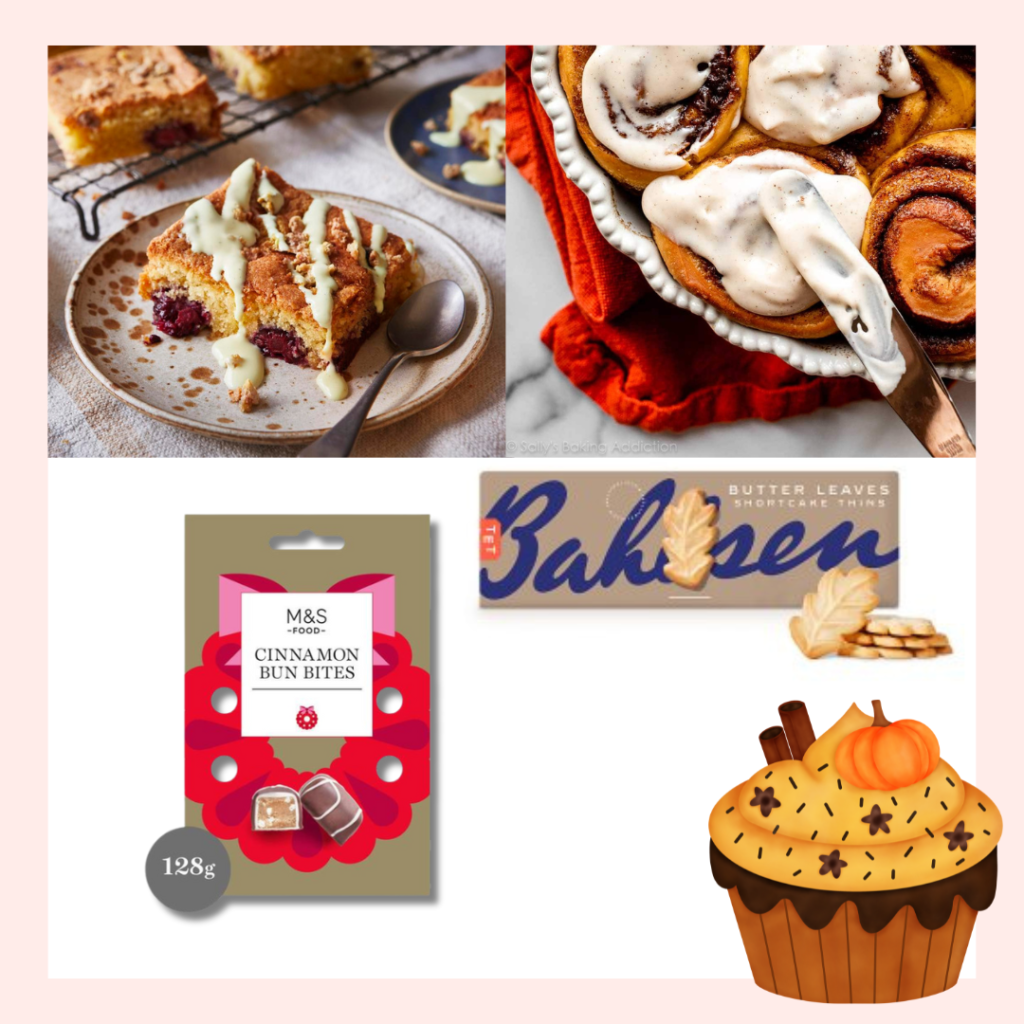
6. Entertainment for a Cosy Night In
Now, onto the fun stuff – entertainment!
Grab that fantasy novel you’ve been meaning to read – the one that’s all about witches, magic, and autumnal vibes. Trust me, you won’t regret it.
My Pick
The Only Purple House in Town: It’s a feel-good story about a misfit woman who inherits a purple house and builds a community with a group of equally quirky characters. It’s all about finding your tribe and embracing your weirdness.
If a book isn’t your thing, try a puzzle or colouring book. I love these Cocowyo spooky bold colouring books, and these are my go-to markers.

7. Mindfulness and Relaxation Tools
Now, let’s talk about winding down properly.
We’re not just about the outside pampering – we’re also here for the inside stuff. Pop a mindfulness app on your phone or grab a little journal to jot down your thoughts. Even 10 minutes of mindfulness or gratitude practice can help you feel a bit more grounded.
Pro tip: If you really want to go the extra mile, add an eye pillow or a hot water bottle. You’ll feel like you’ve been to a spa, without the extortionate price tag.
My Picks
- Hot Water Bottle: Ghost Hot Water Bottle
- Affirmation Cards: Mal Paper Affirmation Card Deck – 52 Pack
- Eye Pillow: Lavender Weighted Eye Bag
As the nights draw in and the air turns crisp, an evening routine can bring so much comfort and structure to our days. 🍂 If you’re craving a cosy evening refresh, I’ve shared my ultimate fall evening routine to help you unwind.
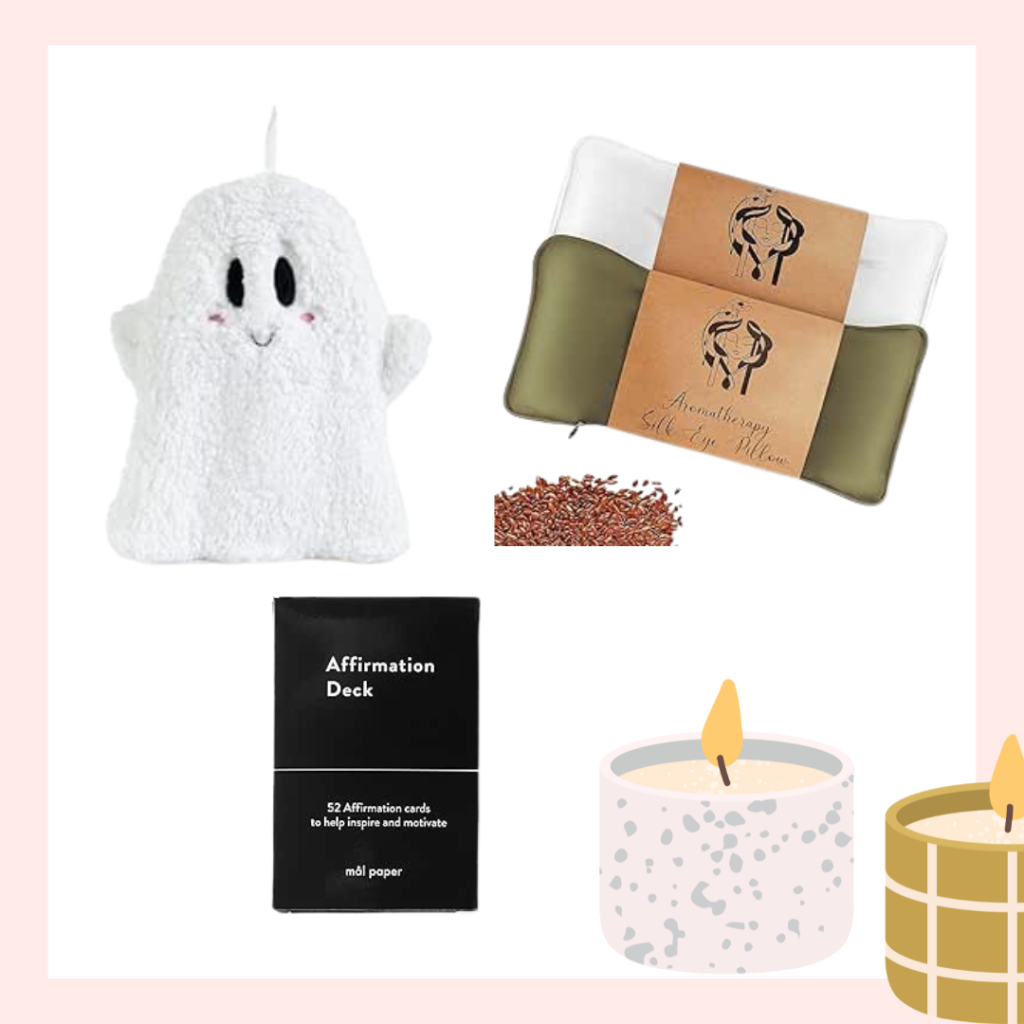
Conclusion
So, there you have it, love – your perfect autumn self-care boo basket, designed to give you the ultimate cosy night in. Now, stop doubting whether you deserve this (spoiler: you do) and get your basket sorted. Grab the soft stuff, light the candles, slap on the face mask, and snuggle up with a hot drink. You’ve earned it.
And trust me, after a night like this, you’ll wake up feeling like a new person – well, a person who’s at least 100% more relaxed, anyway. So go on, spoil yourself and make autumn your season of self-care. You deserve all the cosy goodness, mate.
P.S. If you’re looking for more autumnal activities, check out my post for the ultimate autumn bucket list ideas!
P.S.S. Before we wrap up, let’s keep it real for a second. I know some of these ideas might seem a bit extra, and if anything on this list feels out of your budget, don’t stress. Self-care isn’t about spending loads or buying new things. You can totally get creative with your boo basket by thrifting, repurposing items you already have, or even making some DIY bits. It’s all about taking care of you, not breaking the bank. So, please, don’t feel pressured to spend beyond your means – your well-being is what matters most, and that doesn’t come with a price tag. ✨
